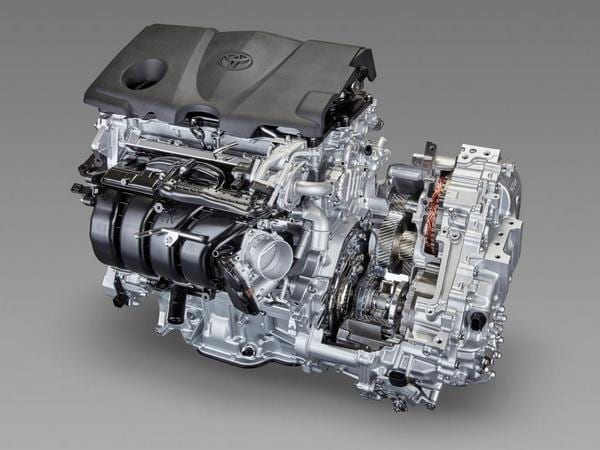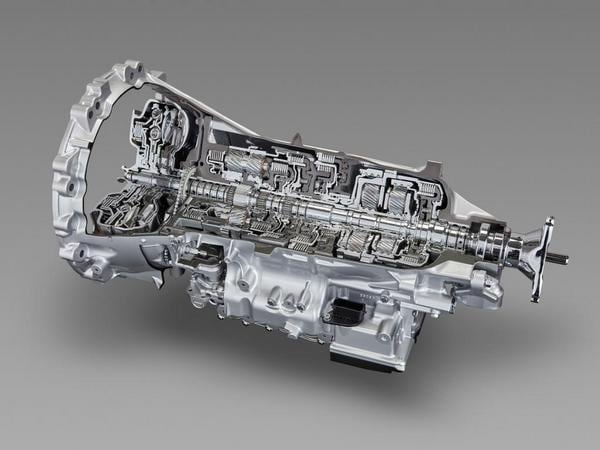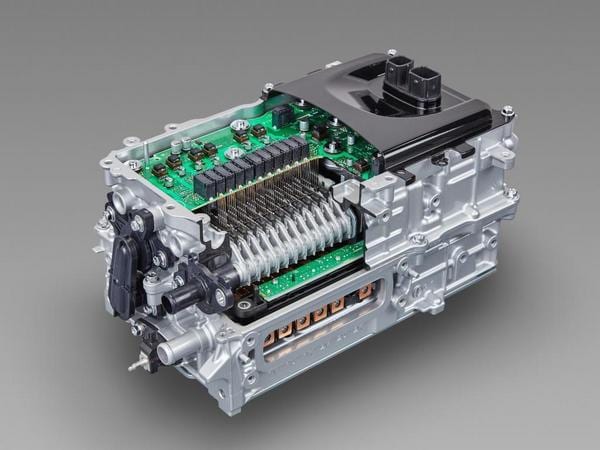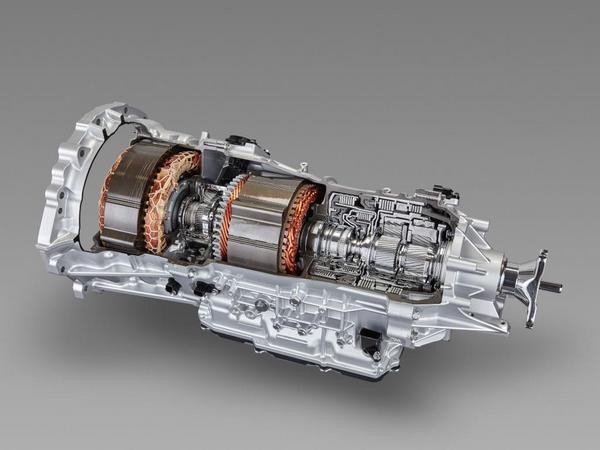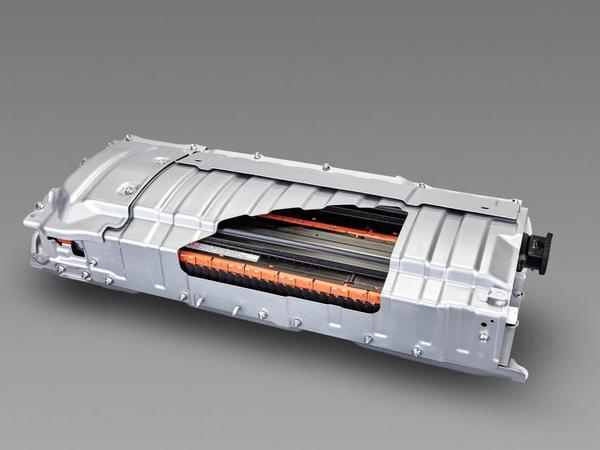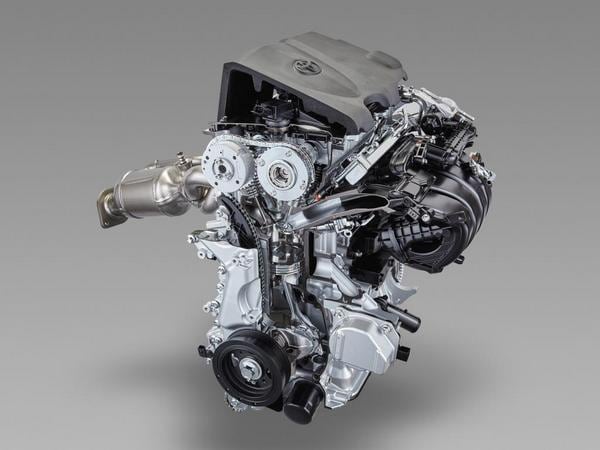
Toyota has pulled the wraps off of a selection of new powertrains that will begin rolling out in 2017. All are geared for use in the Toyota New Global Architecture (TNGA) which is aimed at improving drivability. Toyota is looking to increase power output by roughly 10 percent and achieve approximately 20 percent better fuel economy.
Also: Class of 2017 – New Cars Ready to Roll
Topping the list are an advanced 2.5-liter Dynamic Force gasoline engine, a new high-performance Multistage Toyota Hybrid System II (THS-II) designed for rear-drive applications and 8- and 10-speed automatic transmissions. The automaker says these new components will find their way into at least 60 percent of the products it plans to market in China, Japan, Europe and the U.S. by 2021. Beyond greater performance and efficiency, they’ll also contribute to at least a 15 percent reduction in CO2 emissions.
Dynamic Force Engines
A cornerstone of this new TNGA powertrain offensive is the new 2.5-liter direct-injected inline 4-cylinder engine. While not mentioning specific output figures, the first of Toyota’s new “Dynamic Force Engines” relies on high-speed combustion and a variable control system to deliver excellent responsiveness from an exceptionally wide torque band. The new design also enables a high level of thermal efficiency. In this case, 40 percent in a conventional application and 41 percent in Toyota’s new hybrid system.
Toyota Multistage THS II Hybrid System
Intended to work with the new TNGA 2.5-liter, the enhanced THS-II system for rear-drive vehicles leverages the engine’s greater thermal efficiency to exceed the gains made from the smaller, lighter and more friction-free hybrid system in the Gen IV Prius. It will give Toyota’s future gas/electric models brisker acceleration and better high-speed efficiency as well as improved fuel economy in dual-mode operation. The new plug-in hybrid system has been similarly enhanced. The second motor that had previously served only as to generate electricity can now also provide motive power to bolster the EV-only performance and the size of the battery pack has been enlarged to increase the electric cruising range to at least 37 miles, up from 22 miles in the new Prius Prime.
New transmissions
Backing the new 2.5-liter engine will be a pair of new Direct Shift automatics that Toyota says are some of the smoothest and quickest anywhere in the world. Intended for rear-drive applications, each is smaller and lighter than a traditional automatic transmission and features low-friction internals – torque loss was trimmed by 50 percent compared to a conventional 6-speed automatic. Toyota attributes improved responsiveness to optimized ratio splits, particularly in the low- and mid-range speeds.
As impressive this may be, it’s only the tip of the TNGA powertrain iceberg. By 2021, Toyota plans to launch 17 versions of nine new engines as well as 10 versions of six hybrid systems. On the cog-changer front, we can expect to see 10 different iterations of four transmissions, including a selection of multi-gear conventional units and a new continuously variable automatic.
More Toyota News…
2018 Toyota C-HR debuts in U.S. trim
